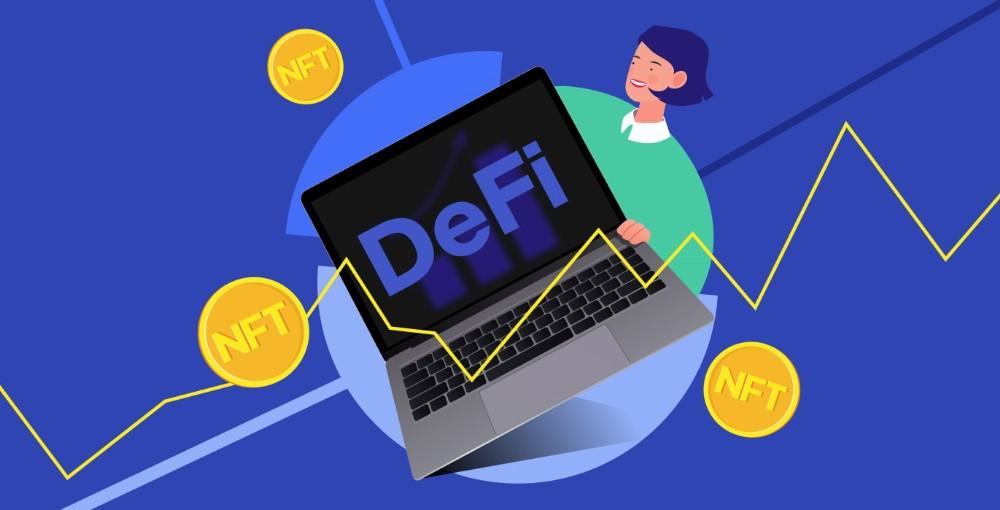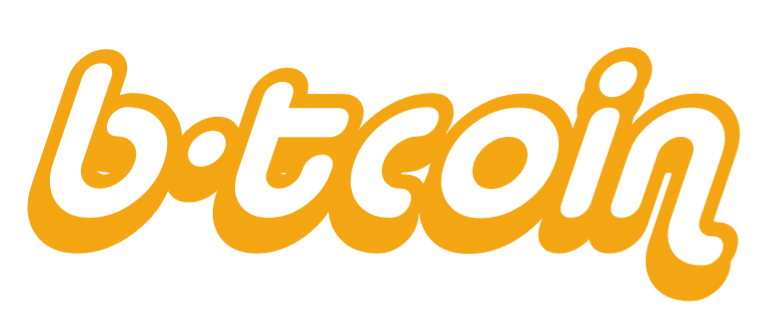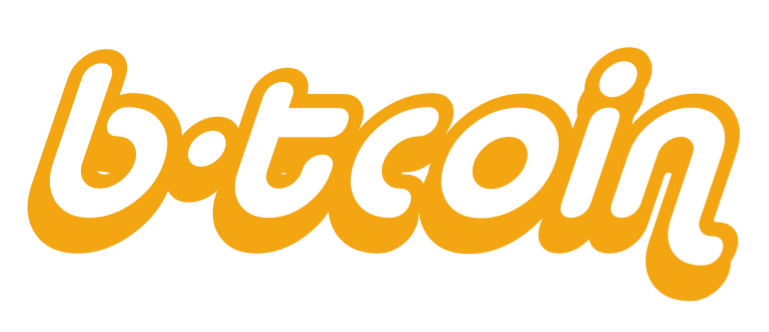-
Nieuws Feed
- EXPLORE
-
Pagina
-
Groepen
-
Events
-
Blogs
How NFT Aggregator Marketplace Development Is Reshaping NFT Trading and Investment Strategies

The digital landscape has witnessed remarkable transformation in the past few years, with blockchain technology leading the charge in decentralizing value, ownership, and trust. One of the most prominent innovations emerging from this revolution is the rise of non-fungible tokens (NFTs). NFTs, representing unique digital assets ranging from art and music to virtual real estate, have become more than just collectibles—they are reshaping investment strategies, digital ownership paradigms, and the very fabric of online commerce. However, as the NFT market grows, the need for efficient, comprehensive, and user-friendly trading platforms becomes increasingly apparent. This is where NFT aggregator marketplaces come into play.
An NFT aggregator marketplace is designed to unify fragmented NFT platforms and marketplaces into a single, accessible ecosystem. By consolidating listings, prices, and analytics from multiple sources, these platforms streamline the trading process and empower investors with better decision-making tools. This article explores the multifaceted impact of NFT aggregator marketplace development on trading practices, investment strategies, and the broader NFT ecosystem.
The Rise of NFT Aggregator Marketplaces
The NFT market is characterized by fragmentation. Thousands of marketplaces exist across different blockchains, each hosting unique collections with varying levels of liquidity and demand. For investors, navigating this landscape is complex and time-consuming. Price disparities between platforms can lead to missed opportunities or suboptimal trades. NFT aggregator marketplaces address these challenges by offering a centralized interface that collates NFT listings across multiple marketplaces and blockchains.
By providing real-time market data, price comparisons, and advanced filtering tools, these aggregators empower traders to identify undervalued assets and optimize their portfolios. Furthermore, NFT aggregators often include analytics dashboards that track trends, monitor liquidity, and evaluate asset performance, giving investors a competitive edge.
Key Features of NFT Aggregator Marketplaces
Successful NFT aggregator marketplaces incorporate a range of features designed to enhance usability, improve transparency, and boost investment efficiency. Some of the most critical functionalities include:
1. Multi-Platform Integration
NFT aggregator marketplaces integrate with multiple NFT platforms and blockchains, including Ethereum, Solana, Polygon, and Binance Smart Chain. This ensures that users have access to a comprehensive inventory of assets without needing to switch between platforms manually.
2. Real-Time Pricing and Analytics
Real-time price updates and analytics enable investors to make data-driven decisions. Aggregators provide metrics such as floor prices, trading volumes, price history, and volatility indices, allowing users to assess the value and potential of NFTs before making purchases or sales.
3. Portfolio Management Tools
Many aggregator platforms offer portfolio management features, allowing users to track their NFT holdings, monitor asset performance, and calculate potential returns. These tools often include risk assessment modules and projections, helping investors develop informed strategies.
4. Advanced Filtering and Search
The ability to filter NFTs based on criteria such as rarity, creator, price range, and blockchain ensures that users can quickly locate assets that align with their investment objectives. Sophisticated search algorithms improve efficiency and reduce time spent navigating fragmented marketplaces.
5. Cross-Chain Trading
Cross-chain functionality enables users to buy, sell, or swap NFTs across multiple blockchains without leaving the aggregator platform. This reduces friction, increases liquidity, and broadens investment opportunities for traders.
6. Alerts and Notifications
Many platforms include alert systems that notify users about significant market movements, new listings, or price drops. This feature ensures that investors can respond quickly to market changes, enhancing their ability to capitalize on opportunities.
Transforming NFT Trading Practices
The development of NFT aggregator marketplaces is transforming how users trade digital assets. Several key shifts in trading practices have emerged:
1. Enhanced Market Transparency
Previously, NFT trading relied heavily on platform-specific knowledge, community recommendations, and manual monitoring of multiple marketplaces. Aggregator platforms centralize this information, providing transparency regarding asset availability, pricing, and liquidity. Traders can now access a complete view of the market in real time, reducing the risk of overpaying or missing high-value assets.
2. Data-Driven Decision Making
With comprehensive analytics and price histories, NFT traders can base decisions on data rather than speculation. Metrics like trading volume trends, historical price appreciation, and rarity scores inform investment strategies, enabling users to optimize portfolio performance and reduce exposure to high-risk assets.
3. Improved Liquidity
NFT aggregator marketplaces enhance liquidity by aggregating demand and supply from multiple platforms. Users are more likely to find buyers or sellers quickly, reducing transaction times and making it easier to enter or exit positions. Increased liquidity also stabilizes market prices, fostering a healthier trading environment.
4. Access to Rare and High-Value Assets
Aggregators facilitate discovery of rare or high-value NFTs that might otherwise be hidden across niche marketplaces. By curating listings and highlighting trending assets, these platforms enable traders to access unique opportunities and diversify their portfolios strategically.
5. Reduction in Market Fragmentation
Fragmentation has long been a challenge in the NFT ecosystem. Aggregators mitigate this by bridging marketplaces and blockchains, providing a unified interface for trading. As a result, users experience a smoother, more cohesive trading process and can focus on strategy rather than platform management.
Impact on NFT Investment Strategies
The emergence of NFT aggregator marketplaces is reshaping investment approaches in multiple ways:
1. Portfolio Diversification
Investors can easily diversify across collections, platforms, and blockchains, reducing concentration risk. Aggregators provide insights into emerging projects, trending collections, and undervalued assets, allowing users to construct balanced portfolios aligned with risk tolerance and investment goals.
2. Strategic Timing
By offering real-time analytics and alerts, aggregator marketplaces help investors optimize the timing of their trades. Traders can identify entry points, monitor market momentum, and anticipate price fluctuations, enhancing their ability to capture gains and minimize losses.
3. Arbitrage Opportunities
Price discrepancies between marketplaces create arbitrage opportunities, where traders can purchase assets at lower prices on one platform and sell at higher prices on another. NFT aggregator platforms streamline the identification of these opportunities, making arbitrage a viable strategy for sophisticated investors.
4. Long-Term Investment Insights
Aggregators provide historical price data, trend analysis, and creator activity metrics, allowing investors to assess long-term potential. This enables a shift from speculative flipping toward strategic holding of NFTs with appreciation potential, fostering more sustainable investment approaches.
5. Risk Management
With analytics dashboards, rarity scoring systems, and liquidity assessments, investors can better understand the risk profile of each NFT. Aggregators often include warnings about market volatility or low-liquidity assets, helping investors manage exposure and make informed decisions.
Enhancing User Experience
NFT aggregator marketplaces prioritize user experience by offering intuitive interfaces, seamless navigation, and integrated tools. This accessibility democratizes NFT trading, attracting both novice and experienced investors. Key aspects of improved user experience include:
-
Simplified Onboarding: Aggregators often feature step-by-step guides, wallet integration, and tutorials to help new users enter the NFT ecosystem confidently.
-
Seamless Transactions: Aggregators streamline purchasing, selling, and transferring NFTs, reducing transaction friction and errors.
-
Customizable Dashboards: Users can personalize dashboards to track favorite collections, monitor portfolios, and access frequently used tools efficiently.
-
Security and Verification: Many platforms implement verification protocols for creators and listings, ensuring authenticity and reducing the risk of fraud.
The Role of Artificial Intelligence and Machine Learning
AI and machine learning are increasingly integral to NFT aggregator marketplaces. Algorithms analyze market trends, predict price movements, and recommend assets based on user preferences. These technologies enhance trading efficiency, uncover hidden opportunities, and provide personalized investment guidance. AI-powered analytics can also detect suspicious activity, safeguard users, and improve the reliability of the marketplace.
Blockchain Interoperability and Cross-Chain Integration
As NFTs expand across multiple blockchains, interoperability becomes crucial. Aggregators facilitate cross-chain transactions, allowing users to trade assets without being confined to a single blockchain. Cross-chain integration boosts liquidity, expands market access, and encourages participation in emerging ecosystems. This interoperability is a cornerstone of next-generation NFT investment strategies, fostering innovation and market expansion.
Case Studies of NFT Aggregator Impact
Several aggregator platforms have already demonstrated transformative effects on NFT trading:
-
Enhanced Market Efficiency: Platforms that aggregate multiple marketplaces show reduced price discrepancies and faster trade execution, improving overall market efficiency.
-
Increased Investor Confidence: By providing transparent analytics and verified listings, aggregators have boosted investor confidence, attracting a broader audience to NFT trading.
-
Strategic Portfolio Growth: Investors leveraging aggregator insights have been able to diversify holdings, capitalize on trends, and optimize long-term returns.
These examples highlight how aggregator marketplaces are not just tools for trading—they are catalysts for evolving investment strategies in the NFT space.
Challenges and Considerations
Despite their advantages, NFT aggregator marketplaces face certain challenges:
-
Data Accuracy and Reliability: Aggregators rely on external platforms for data, making it crucial to ensure accuracy and consistency.
-
Security Risks: Integrating multiple marketplaces and wallets increases exposure to security vulnerabilities, requiring robust safeguards.
-
Market Volatility: While aggregators provide analytics, NFT markets remain highly speculative, and investor caution is still necessary.
-
Scalability: Managing large volumes of transactions across multiple blockchains requires scalable architecture and efficient infrastructure.
Addressing these challenges is essential for sustainable growth and long-term trust in aggregator marketplaces.
Future Outlook
The development of NFT aggregator marketplaces is likely to continue reshaping trading and investment strategies. Future trends may include:
-
Integration with DeFi: Combining NFT aggregators with decentralized finance protocols to enable lending, borrowing, and yield generation.
-
Enhanced AI Capabilities: Leveraging AI for predictive analytics, portfolio optimization, and fraud detection.
-
Global Adoption: Expanding access to emerging markets, fostering wider participation, and increasing NFT liquidity.
-
Metaverse Integration: Aggregators may play a central role in metaverse economies, facilitating seamless trading of virtual assets across platforms.
As these innovations unfold, NFT aggregator marketplaces will not only simplify trading but also redefine how digital assets are valued, invested in, and utilized.
Conclusion
NFT aggregator marketplace development is a transformative force in the digital asset landscape. By consolidating fragmented marketplaces, offering real-time analytics, and enhancing user experience, these platforms are reshaping NFT trading and investment strategies. Investors now have access to unprecedented levels of transparency, liquidity, and data-driven insights, enabling smarter decision-making and strategic portfolio management.
As the NFT ecosystem continues to evolve, aggregator marketplaces will play an increasingly critical role in driving efficiency, fostering innovation, and expanding access to high-value digital assets. For traders, collectors, and investors alike, these platforms are not merely tools—they are gateways to the future of digital ownership and investment strategy.
- Art
- Causes
- Crafts
- Dance
- Drinks
- Film
- Fitness
- Food
- Spellen
- Gardening
- Health
- Home
- Literature
- Music
- Networking
- Other
- Party
- Religion
- Shopping
- Sports
- Theater
- Wellness


